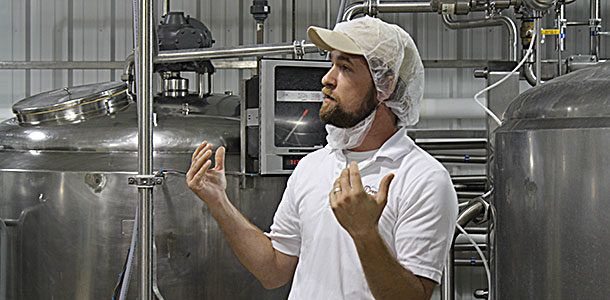Hancock, a forage specialist with the University of Georgia, explained that for grass to be productive, it should be grazed to a height that still leaves a solar cell for grasses to grow from – unlike alfalfa, which can be cut within a couple inches and regrow from the crowns.
Hancock introduced Georgia’s dairy market to conference attendees, saying, “The average gallon of milk travels 650 miles to get to a grocery store.” Attendees to the Georgia Grazing School and the Mid-Atlantic Dairy Grazing Conference hailed from New York, through the Atlantic states and into Texas and New Mexico; there were several international participants as well.
Cool things we saw
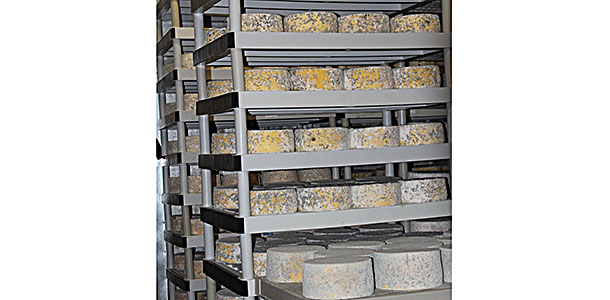
One stop on the tour was Sweet Grass Dairy, owned by Jeremy and Jessica Little, where we toured the cheese plant, tasted various cheeses and saw the cheese-making process. This is one of the cheese coolers with bleu cheese wheels stacked ceiling-high.
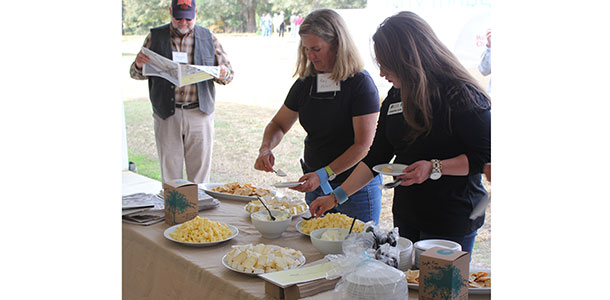
Yogurt is not the same product everywhere, and Kyle Wehner from Dreaming Cow Creamery explained the yogurt-making process and what sets his yogurt apart from the typical mass-produced, grocery-store-shelf variety.
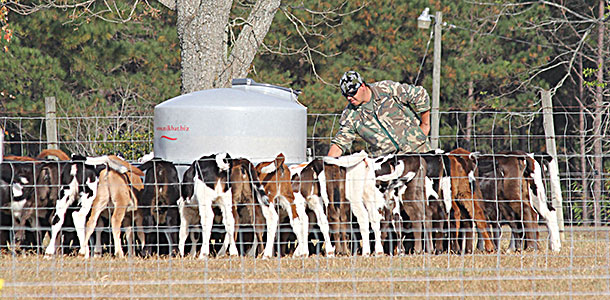
Raising dairy calves in groups with no housing was demonstrated at Jumping Gully Dairy, where calves are fed all they could drink once per day. Calf-starter supplements were fed free-choice around the clock.
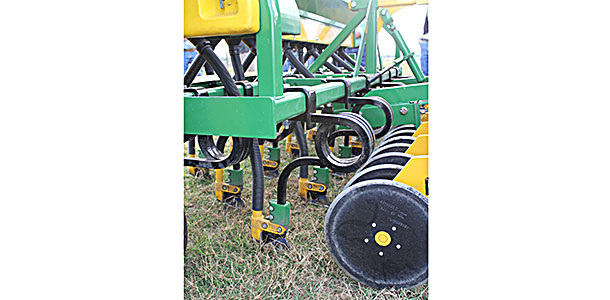
I think I’ve become addicted to equipment demonstrations. Aitchison Drills displayed a no-till planter with a “Baker boot” wedge that used the V-cut from the coulters and compacted the seedbed while simultaneously opening a small “boot” cavity in the soil to maximize seed germination.

Metalform, a New Zealand company, also showcased Tow and Fert – a sprayer system designed specifically for pasture-based grazing systems. The Tow and Fert could be used to apply fertilizers. It could also be used to apply nutrients to benefit the grazing animals.
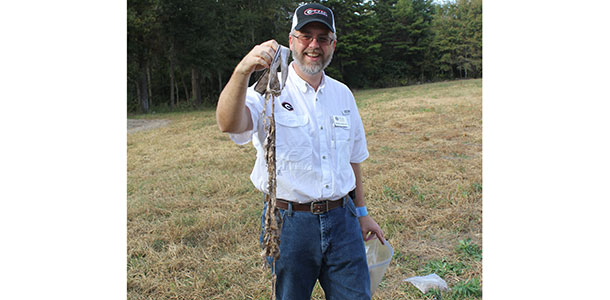
And then there was my all-time favorite: Hancock, in a presentation on the effects of organic matter in the soil, pulled out a pair of men’s cotton underwear that he had left buried in a field for five weeks. His point (fashioned after a demonstration given by Clemson University and North Carolina State University faculty) was to show how soil microbes would attack the cotton fabric if there was no organic matter in the soil to work on. Unfortunately, he explained, the other pair of underwear he had buried in a field with high organic matter had been uncovered by cows, so he was unable to make the comparison with a nearly-intact pair of underwear. It was effective nonetheless and should remain in the memories of attendees far longer than any chart that was displayed.
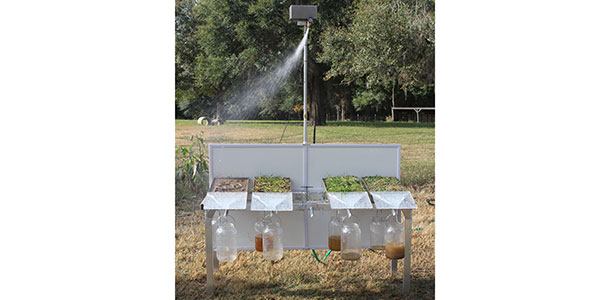
Equally effective was the demonstration by Phillip Brown with NRCS showing the water-absorption rate of a simulated rain event on four soil types – bare or tilled soil, a no-till planting, pasture with 4- to 6-inch stubble and an overgrazed pasture. The difference in runoff between the overgrazed pasture (resulting in high rate of runoff) and the no-till soil (resulting in low runoff rate) was especially striking.
New directions for grazing dairies
During discussions at the conference, it became apparent that attendees all knew what a grazing dairy wasn’t, but no two attendees could really agree on what it was. During two days of seminars and tours, dairymen did concede that while most dairy cows spend some portion of the year on pasture, that in itself does not meet the definition of a grazing dairy. Thereafter, the definition gets complicated.
Dairy grazing systems are evolving, advancing and refining. To their credit, most progressive dairymen who attended the conference seemed very comfortable with an ongoing developing business model, and no individual dairy claimed to have the model perfected. Some debated whether defining a “perfect model” was even worthy of pursuit since land, management styles and goals will always vary among producers.
Instead of trying to define what a grazing dairy was, Hancock encouraged dairymen to focus instead on goals – the first of which should be to “unlearn” much of the conventional wisdom about grazing and be open to new ideas that could minimize the use of conserved forages.
Citing animal behavioral studies, Hancock explained the concept of understanding and using animal behaviors to literally make a ration out of the grass through rotational grazing. Hancock indicated that while southeastern states’ climates are well suited to grazing dairies, there is a place for a hybrid forage system that includes some silage supplementation during low-growth periods.
Several issues were discussed relating to silage production, such as production costs, the role of corn silage in a diet, harvest challenges and taking pasture out of rotation to accommodate silage ground. Several dairymen who are experimenting with silage in the Southeast weighed in on the discussion. While this concept is not foreign to the rest of the country, it’s a relatively new concept in Georgia where grass grows 365 days a year.
However, all dairymen note that grass does not provide enough energy for a lactating herd and must be supplemented. Still stinging from record-high corn prices over the past few years, Georgia dairymen are looking for ways to stabilize their feed costs over the long term. And that’s where silage can comfortably fit into a grazing diary program. FG
Contact Dennis Hancock for more information from the grazing school and dairy tour presentations.
PHOTOS
PHOTO 1: Kyle Wehner from Dreaming Cow Creamery explains the yogurt-making process.
PHOTO 3: Participants in the Mid-Atlantic Dairy Grazing Conference sample cheese varieties at Sweet Grass Dairy, near Thomasville, Georgia. Photos by Lynn Jaynes.
